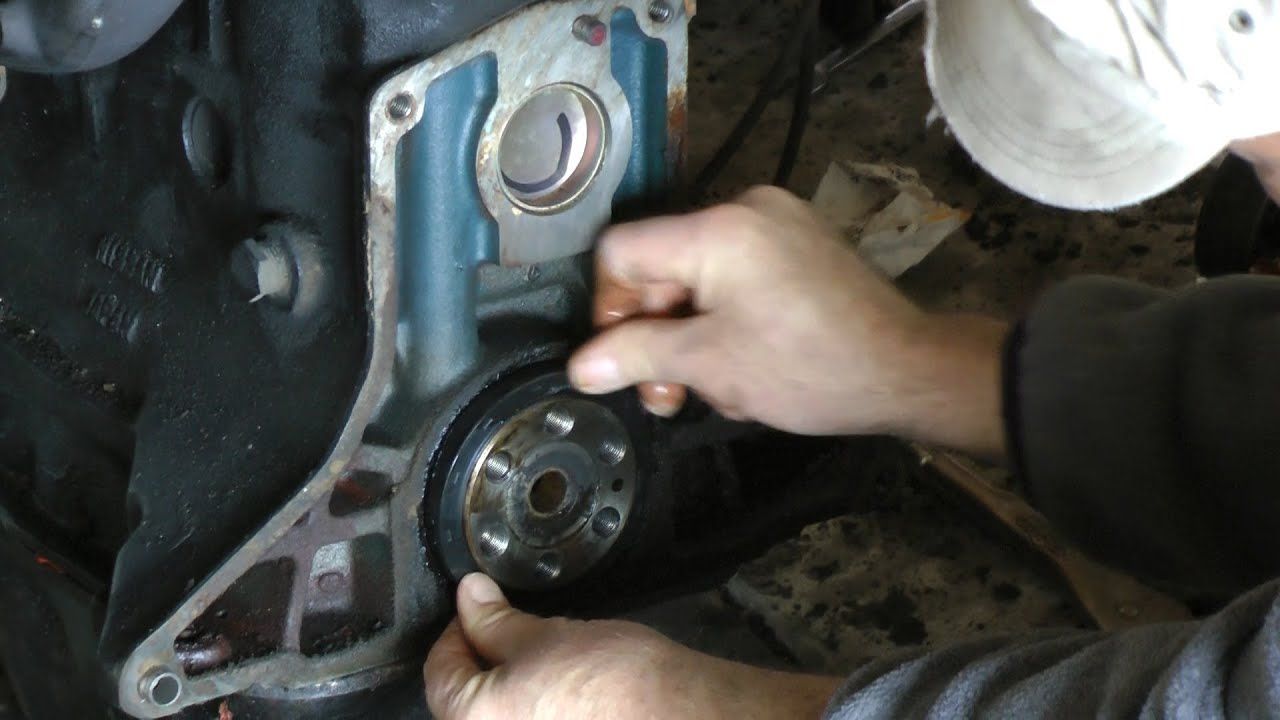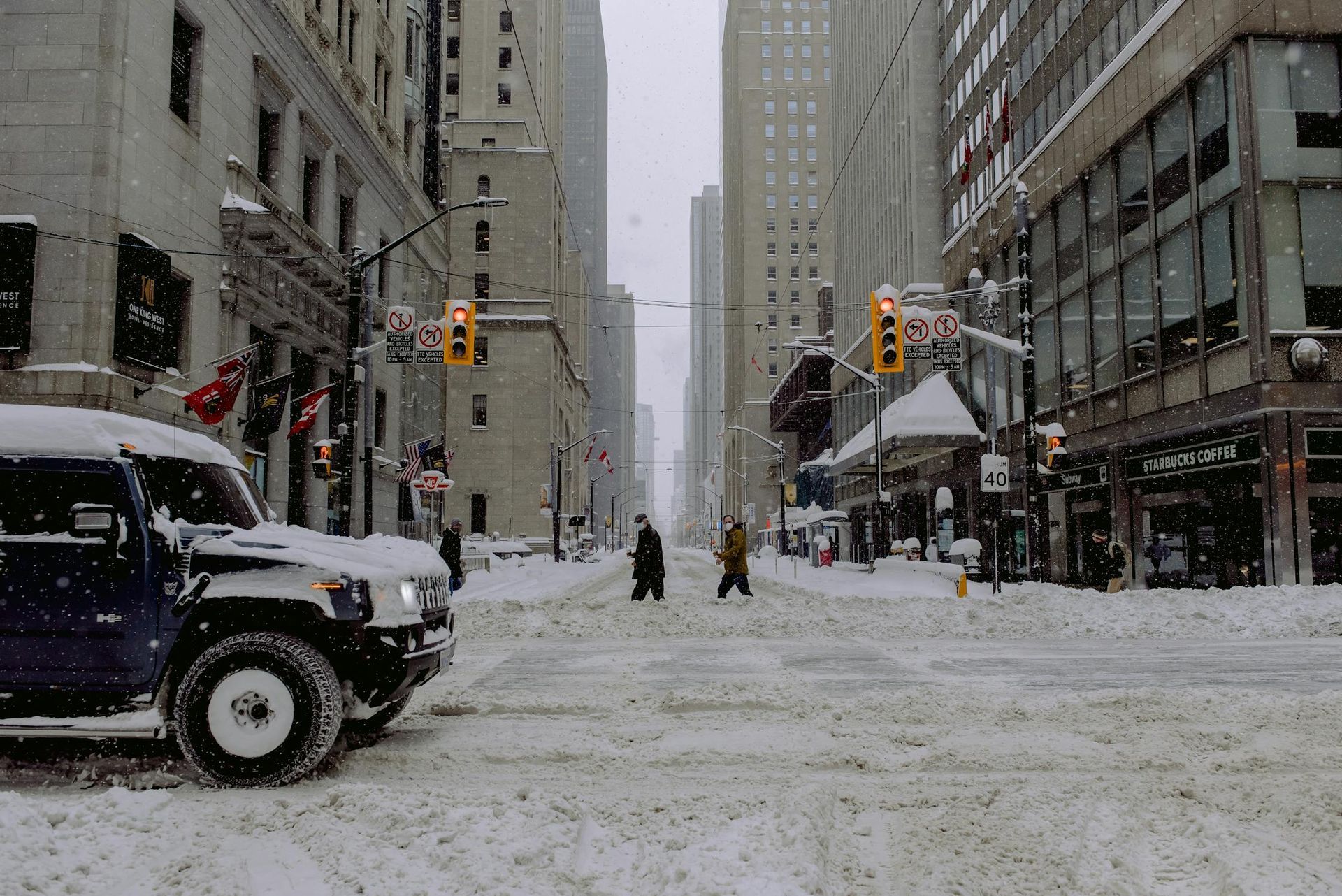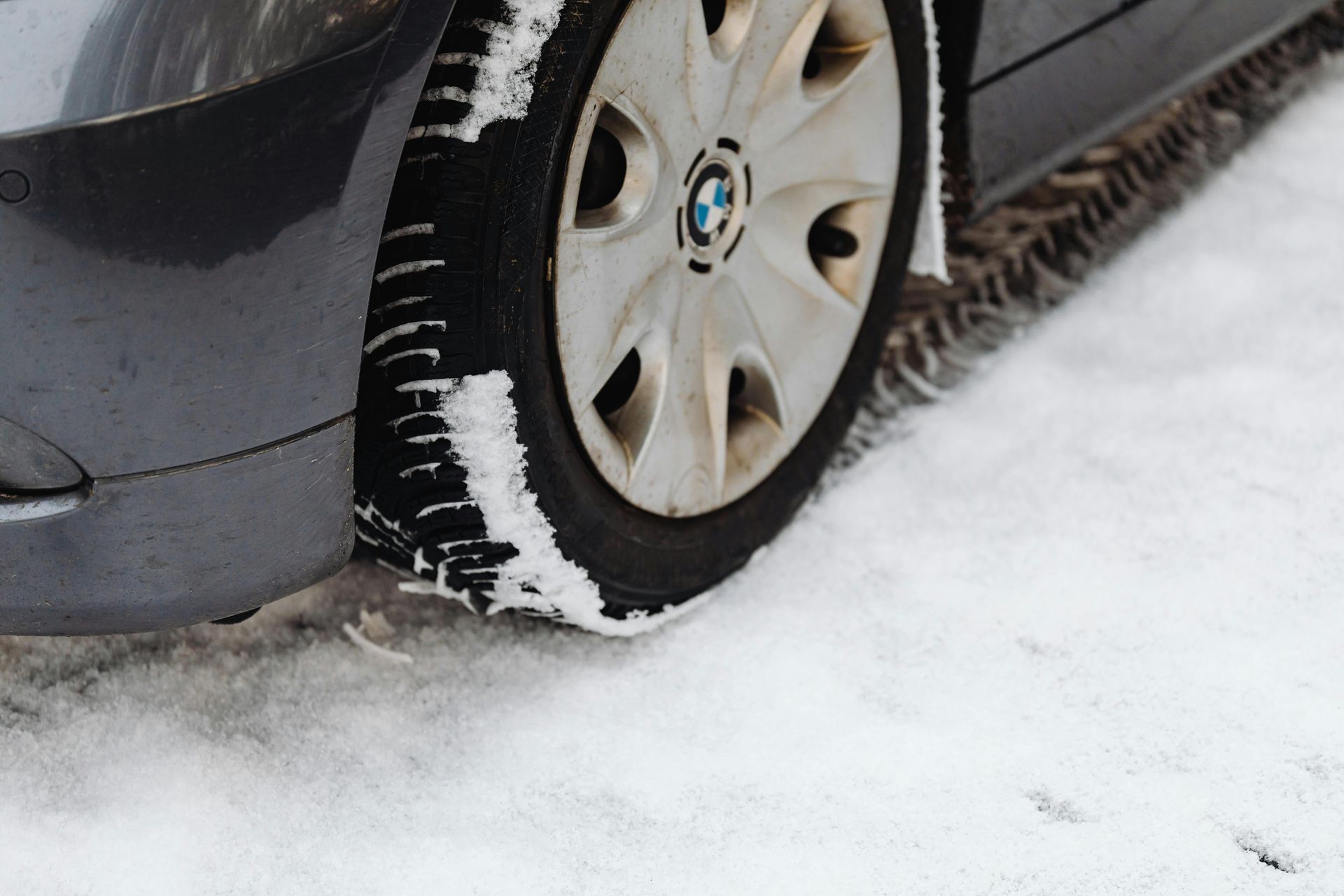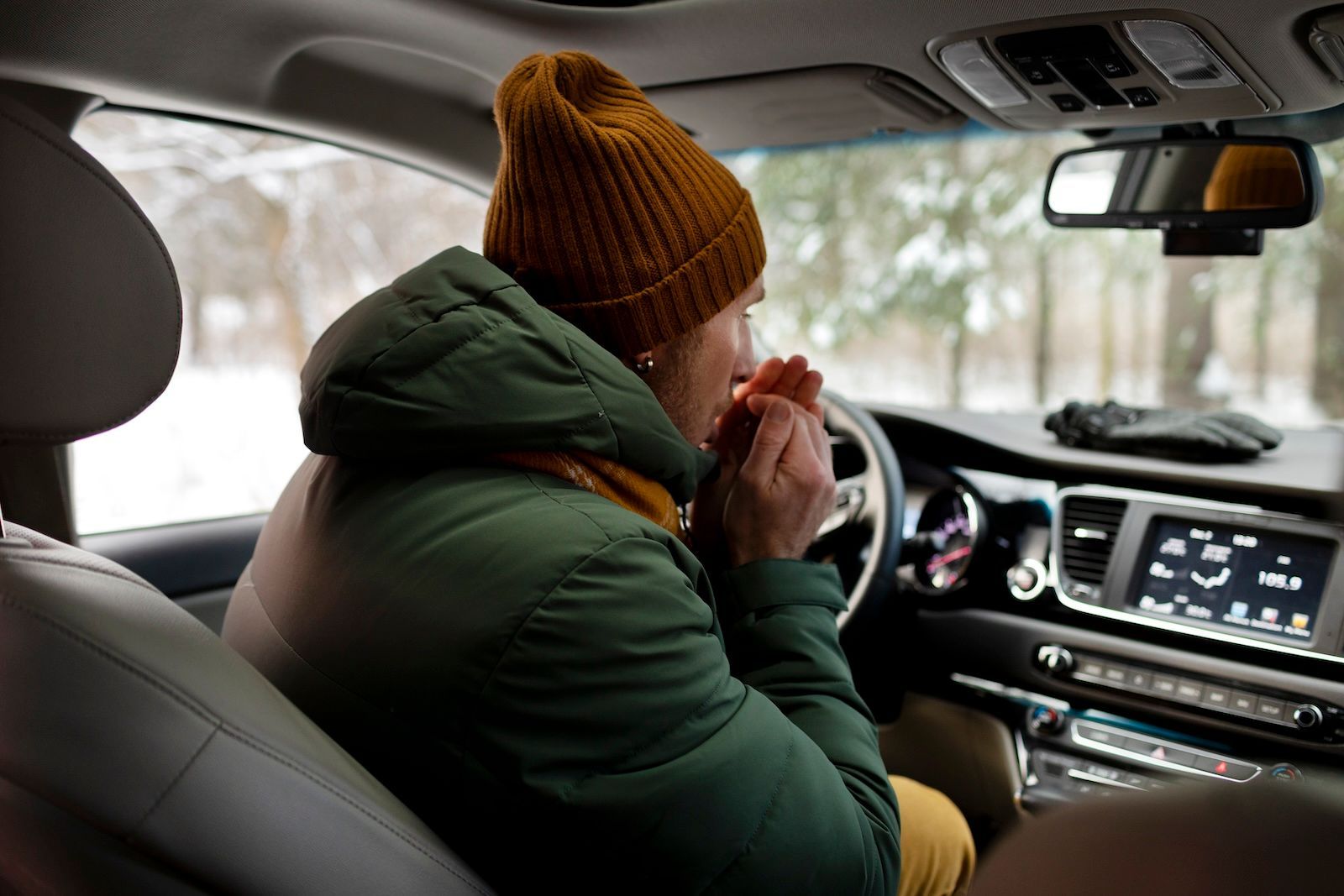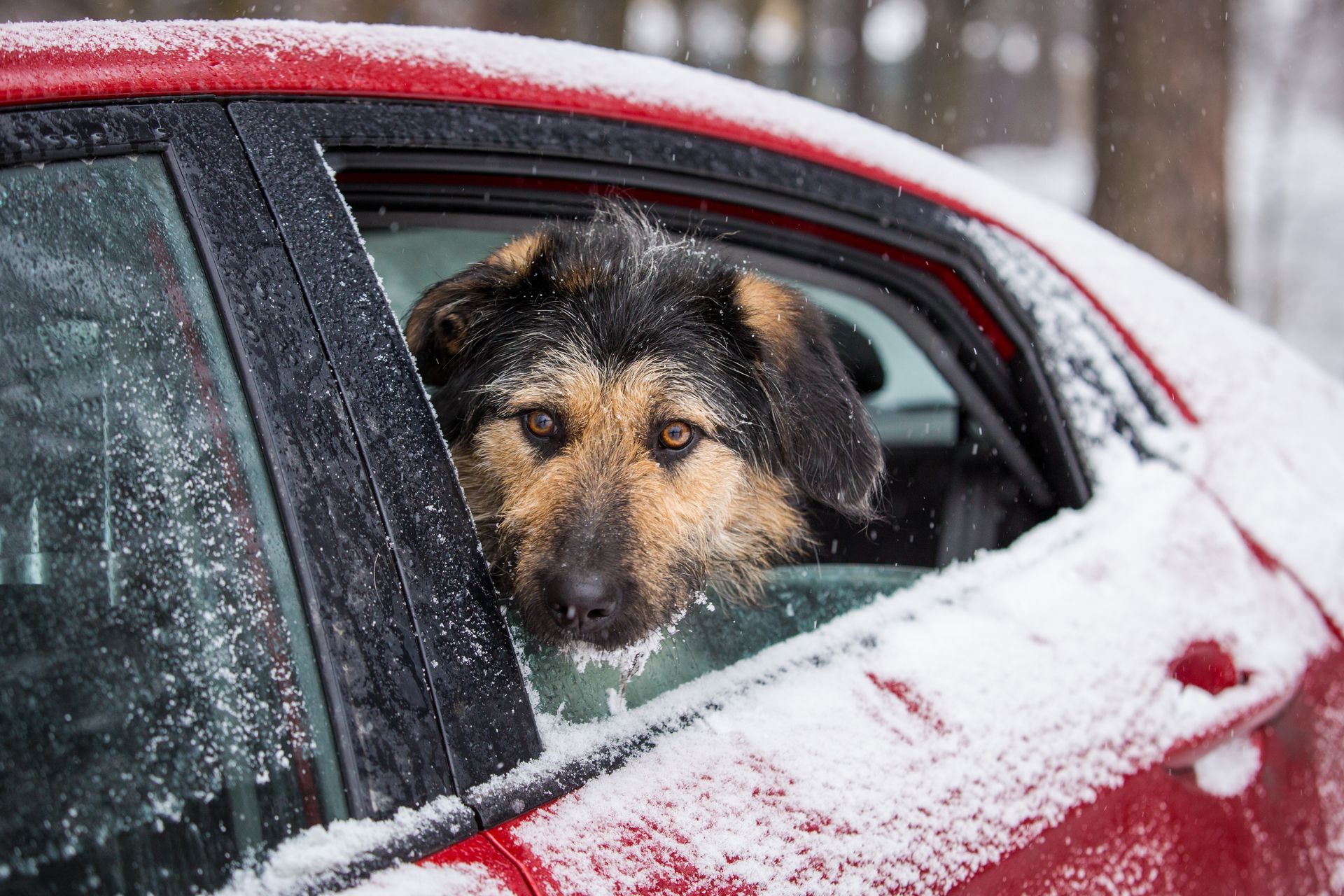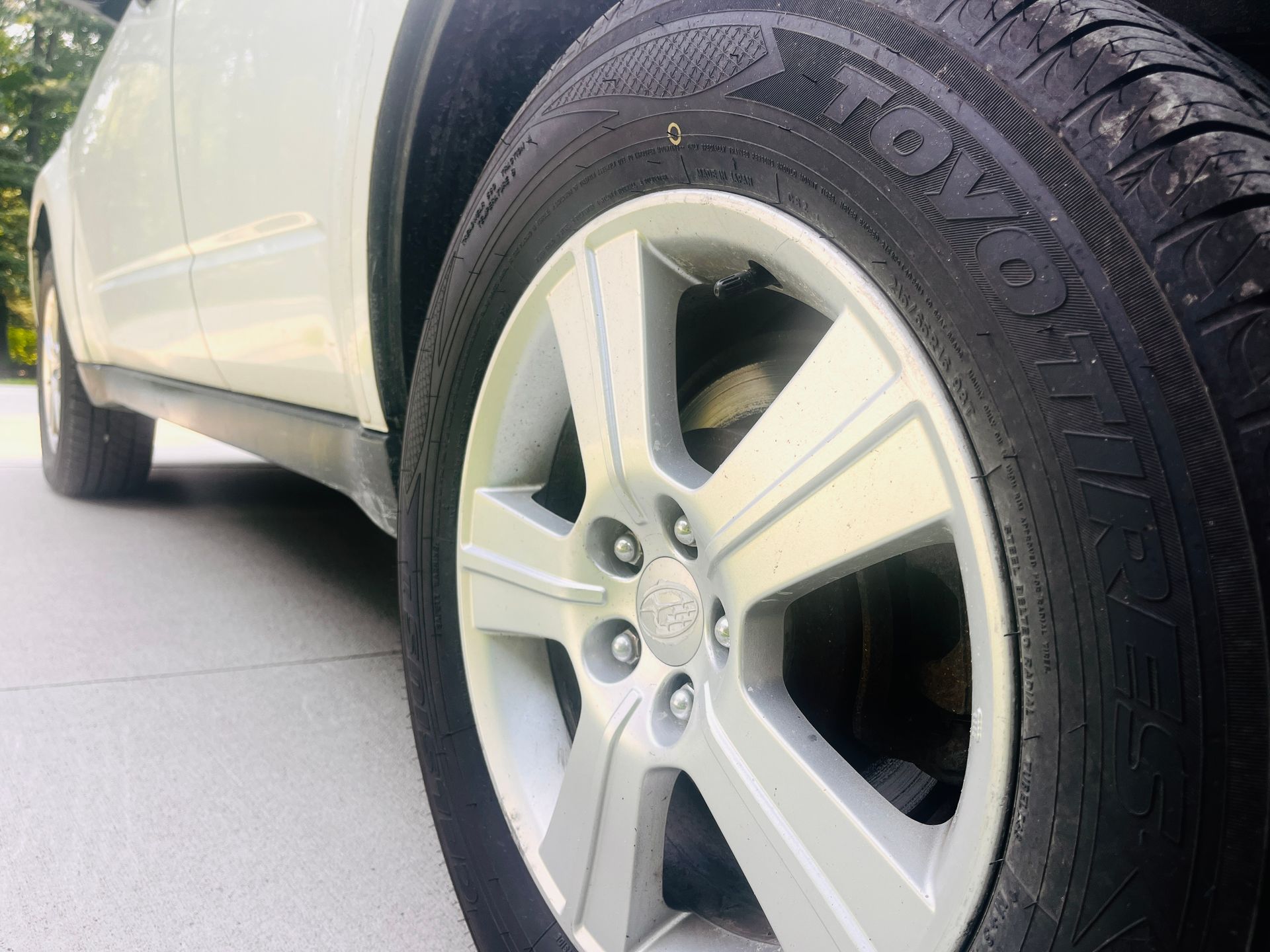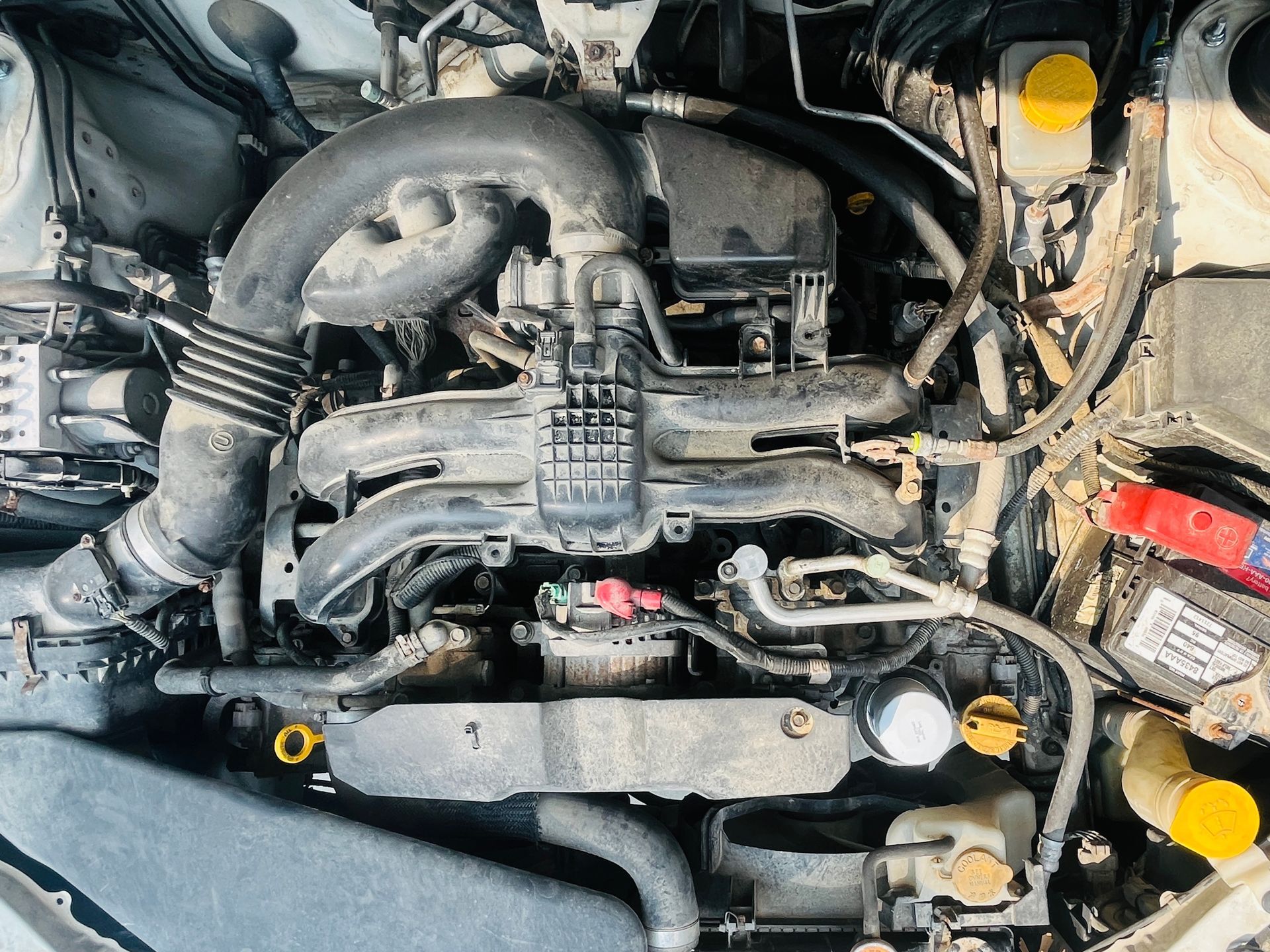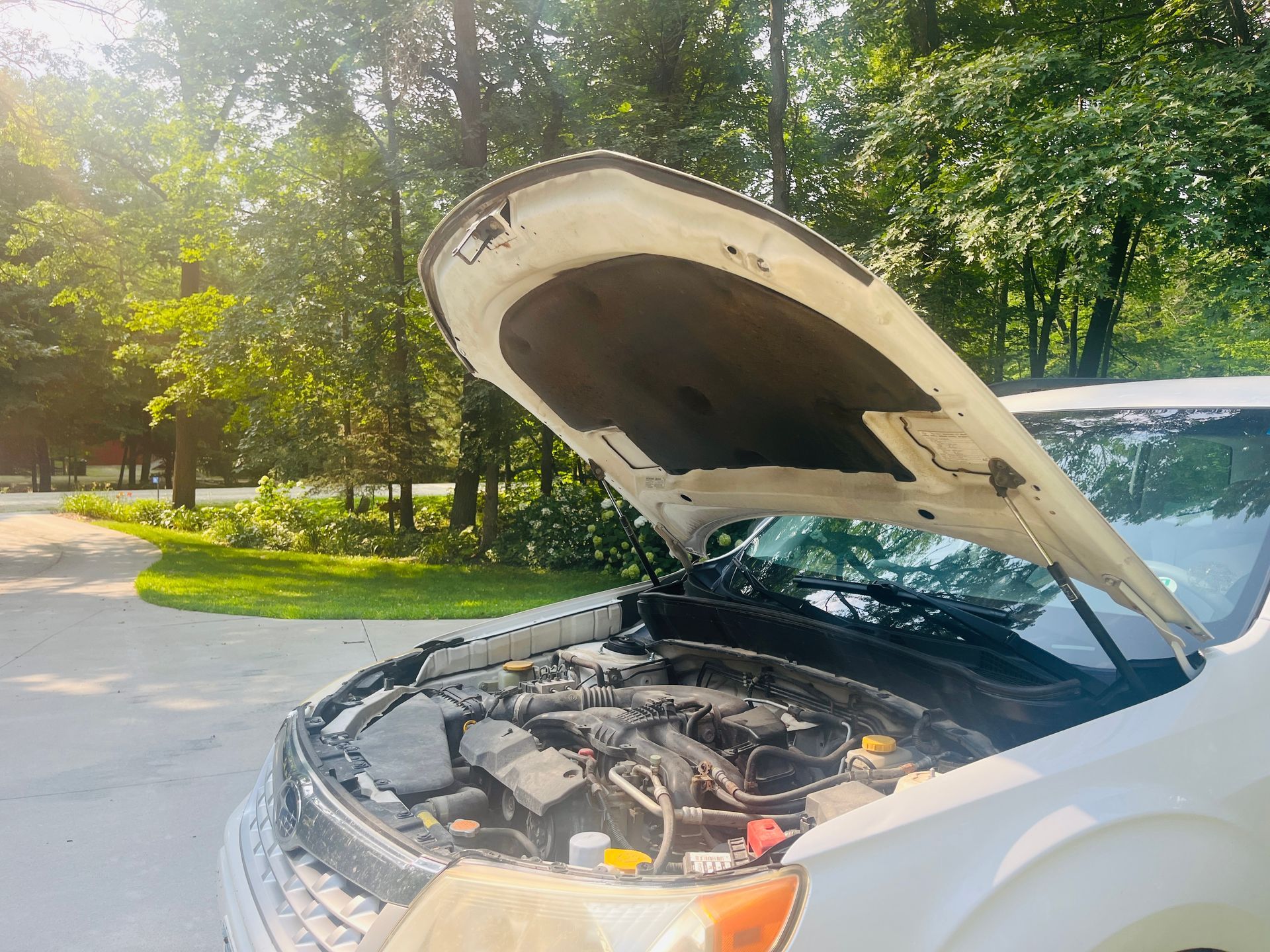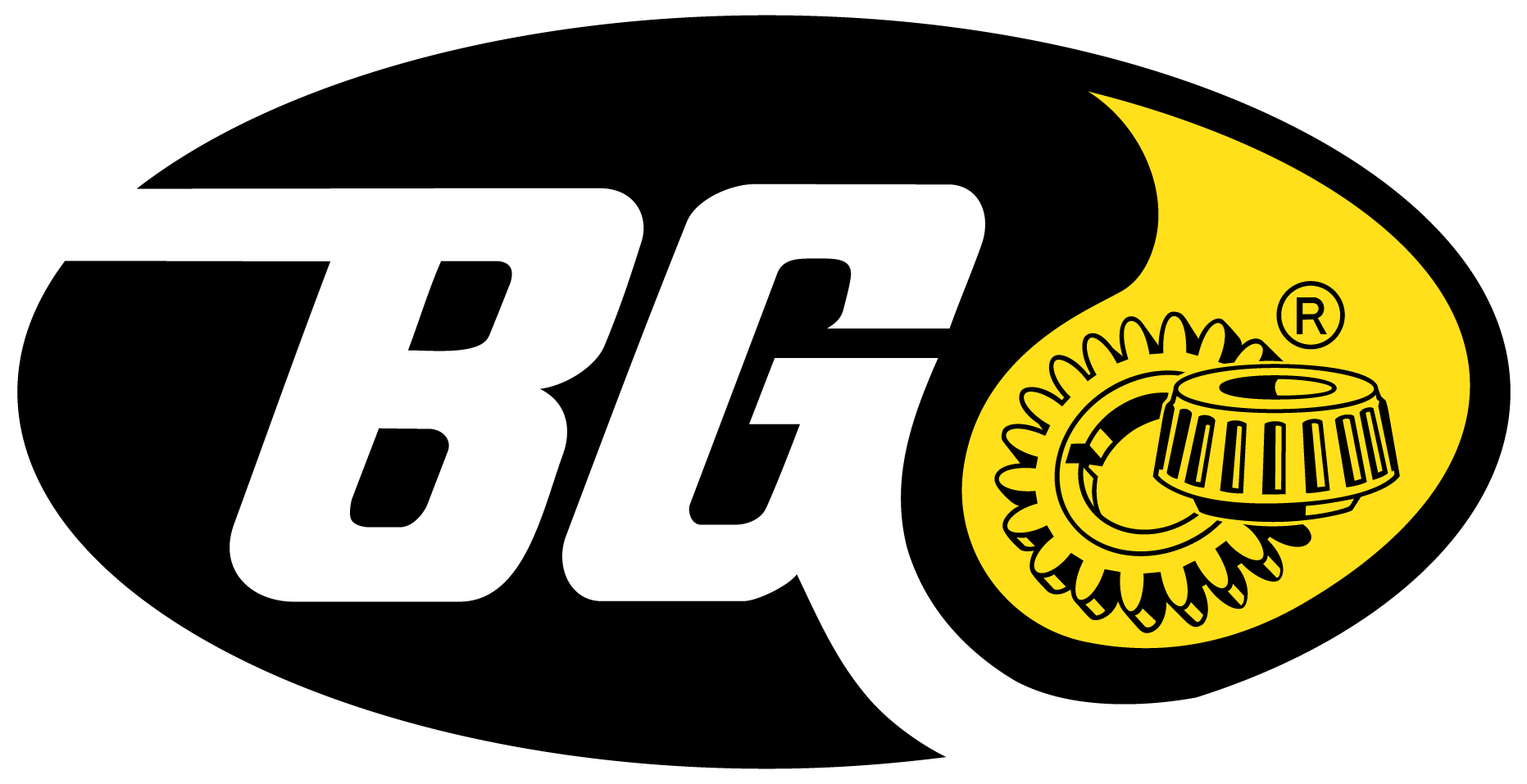Keep your cool with a coolant flush
March 7, 2013
Do you know the leading cause of death in America? If you answer diseases of the heart, you're right. Are there things you can do to prevent heart disease? Sure. Are you doing them? Well, I'm not here to give you a lecture in keeping your heart healthy. But I am here to give you advice on keeping your vehicle healthy.
So, next question … what's the leading cause of vehicle breakdown and mechanical failures? The correct answer is cooling system failure. Even though it is common, it is easy to prevent - and a whole lot easier to prevent than heart disease!
Do you keep that part of your car healthy with regular maintenance? Few people take the time to maintain their car's cooling system. Join me as we dive into article number three about the importance of fluids in your vehicle and together we will uncover the reasons why cooling system maintenance is so important.
TALK ABOUT HEAT
A cooling system is needed because while you are driving, your vehicle undergoes a combustion process necessary to run it. This process creates heat - a lot of heat - typically between 200 to 230 degrees F. That's one hot tamale! Ever eat a hot tamale? You need a big glass of water or some kind of liquid to cool your mouth down! So does your engine. Without something to cool it, your engine would be destroyed. This is where the cooling system comes in. Special fluid circulates through several components under the hood, absorbing the heat generated by the engine.
COOLANT SYSTEM
What are the components and how do they work together? Usually powered by the serpentine belt or timing belt, the water pump shoots the fluid (coolant) through the engine. While the fluid is in the engine, it's soaking up that heat. The heated fluid makes its way to the radiator where it is cooled by air. The air comes through the front of the vehicle (the grill) and blows across the surface of the radiator. Even in summer, this air is much cooler than the heated fluid and this process, if maintained, is quite efficient. Certainly, there are many things that can go wrong with each of the components involved here. But for today, let's focus on the coolant.
WHAT'S IN A NAME
Coolant is commonly called antifreeze because the fluid needs to stay cool but prevent freezing. Water alone cannot be used because it boils at a temperature that is easily reached in the engine and it can freeze in cold temps. The fluid has to be able to cool the engine appropriately in summer, winter and all of the temps in between. This is why the proper mixture of coolant - a mixture of ethylene or propylene glycol and water, usually in a 50/50 ratio - is needed.
DON'T BE COLORBLIND
Auto manufacturers use different materials to make the cooling system - from steel and aluminum to plastics and rubber. The coolant has to be formulated to protect against corrosion for all of the different materials used. Though there are specific formulas for different makes/models, often different color formulas, there is also a universal formula that can be used. Your auto home will know what to use. But if you are a do-it-yourselfer, I urge you to know the difference and be sure you use the right kind if you add or change coolant yourself.
SODA VS. WATER
Do you choose to drink soda in place of water? I used to. Despite knowing how the bad things in it affected my body, I still chose to drink it. It took me 20 years but I finally see and feel the value of good, old-fashioned water. It's clean, it's fresh and it has everything your body needs for perfect rehydration.
Dirty, old coolant is kind of like soda. As coolant operates in a hot, hostile environment, it breaks down over time and the coolant can clump up, injuring the components of the cooling system. More importantly, the coolant's protective additives and rust inhibitors get used up. This leaves the small cooling passages in your engine and radiator vulnerable to corrosion. When these inhibitors stop working, the cooling system will rust from the inside out. Bits of rust will also clog the tiny passages of the system and potentially cause your vehicle to overheat and possibly lead to a very expensive repair.
Even with fresh, clean fluid, some corrosion will naturally take place within your cooling system and will contaminate the coolant some. This is why it's critical to stay on top of keeping your fluid fresh. You want those inhibitors to be in top-form so the fluid can live up to its potential and keep the insides looking good and functioning well. It's just like replenishing your body with clean water as opposed to soda.
TIME TO FRESHEN UP
A cooling system service or flush is a low-cost way to protect against major engine repairs down the road. The frequency required for a coolant flush depends on many factors. What kind of vehicle do you own? How old is it? What kind of climate do you live in? The harsh winters and sizzling summers in southeast Minnesota affect the coolant. So does the age and make/model of your vehicle. Look in your owner's manual or consult your auto home for the accurate coolant maintenance schedule for your specific vehicle.
If you didn't even know you were supposed to have coolant changed on a regular basis, you are not alone. The good news is you know now and you can begin to get it done on a healthy cleaning schedule.
The truth of the matter is a little soda here and there to cool off the taste of the hot tamale isn't going to hurt. But what your body needs on a regular basis is water to be healthy and live longer. Likewise, a little contaminant in your coolant is unavoidable but as long as you flush it with fresh coolant on a regular basis, your vehicle will run better and last longer.

